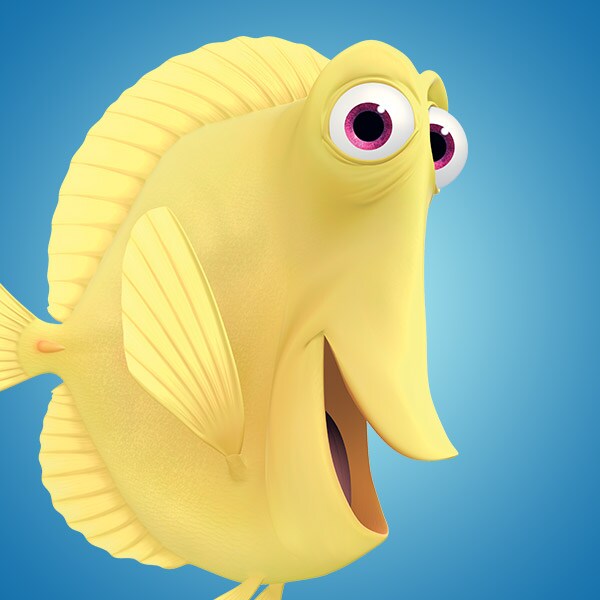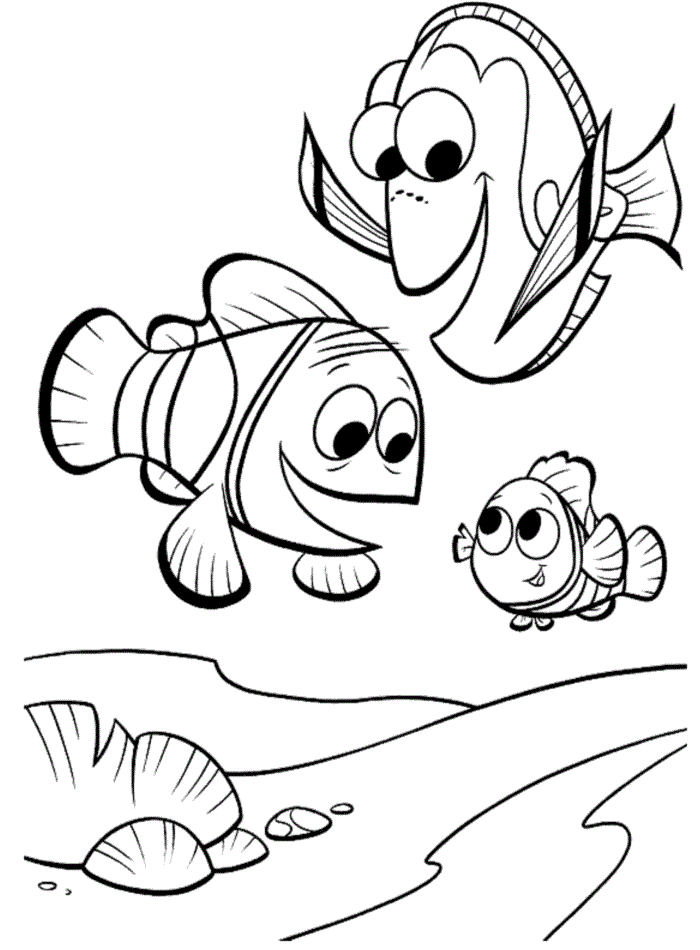

Valdez is a professor at Aarhus University and Denmark and Mandrekar at the State University of New York. In reviewing the CARES list of endangered species, Jose Valdez and Kapil Mandrekar found 80 that have yet to be formally described by scientists. Not only does the CARES program encourage the preservation of endangered species, but it has also played a role in furthering their study. Without the CARES list, these species would quietly go extinct with no one to care about them. Many of these species have no commercial value in the pet trade and they aren’t among those favored by conservation organizations.

Since 2004, CARES has compiled a list of over 600 species of freshwater fish considered endangered based on their population in the wild. In fact, some aquarium hobbyists have devoted themselves to keeping and breeding species from the IUCN Red List.įounded by enthusiast Claudia Dickinson in 2004, the Conservation, Awareness, Recognition, Encouragement, and Support ( CARES) Fish Preservation Program encourages aquarium hobbyists to keep, breed, and exchange endangered species of fish to prevent extinction. Though there are numerous examples of the aquarium trade negatively impacting wild populations, the opposite has been true as well. Research shows that a single lionfish can reduce the recruitment of native fish to the reef it lives in by nearly 80%. Experts suspect that people have been releasing unwanted lionfish from home aquariums into the Atlantic for years, contributing to a large invasive population that is putting native species and coral reefs at risk. Native to the Indo-Pacific, lionfish can grow quite large and they have venomous spines which protect them from would-be predators. Some areas still use cyanide to capture fish for the aquarium trade as well which can be damaging to coral reefs.Īnother problem with the aquarium trade is its contribution to the spread of invasive species. Increased demand for clownfish in the pet trade led to an increase in wild capture, causing clownfish to all but vanish from many areas.
Finding nemo fish names in the tank movie#
When it comes to the preservation of natural populations, there are certainly instances in which the pet trade has been part of the problem.įor example, when the movie Finding Nemo was released in 2003, it led to a sudden spike in the popularity of clownfish. The truth is there isn’t a simple yes or no answer to this question. Is the Aquarium Hobby Helpful or Hurtful?

In fact, the aquarium hobby has helped bring 30 species of wild fish back from the brink of extinction. While the practice of keeping wild animals as pets is often more harmful than helpful, it isn’t always the case within the aquarium industry. Conservation breeding programs have saved a number of endangered species from extinction including the Arabian oryx, Przewalski’s horse, and the California condor. There is a difference, however, in keeping a wild animal as a pet and protecting endangered species by breeding them in captivity. Animal rights supporters claim that wild animals belong in the wild and keeping them as pets is cruel. There’s a great deal of controversy surrounding exotic pets like sugar gliders, slow loris, and big cats.


 0 kommentar(er)
0 kommentar(er)
